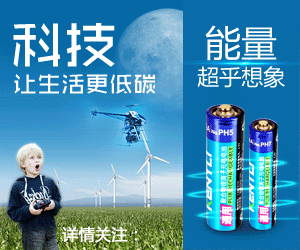A:
KENTLI batteries of the AA/AAA rechargeable lithium ion are the best on the universal batteries market, according to the "best" does not mean that the battery manufacturing technology so mystical, but the materials inside the battery - "cells" are changed, used polymer lithium ion cells, while the polymer lithium ion represents the contemporary the most optimal battery technology, so we said the KENTLI battery is the "best". , of course, the "best" is relative, lithium batteries due to a high energy, no memory effect, long cycle life, light weight and fast charging itself unique performance advantage has become the mainstream of the current battery power, and all of these "performance advantages of lithium battery is also relative to Ni-MH batteries, we have seen, in the high-end electronic products market is almost can not see the figure of Ni-MH batteries, replaced by lithium batteries; And in the field of general battery, namely we are the most common AA /AAA standard battery system development has been to stay in "nickel metal hydride phase," KENTLI battery is precisely at this time, apply a "voltage transformation technology" to "introduction" general batteries, lithium-ion batteries for contemporary general battery and battery technology "synchronous". We can imagine, with the development of science and technology, technology updates, there may be a fuel cell in the future, better batteries energy sources such as nuclear power battery, but in the present stage of batteries, lithium batteries will occupy the mainstream market in a long time.



